The most common type of moxibustion therapy used in the clinic is moxa stick moxibustion, also called suspended moxibustion, which treats the body surface without touching the skin.
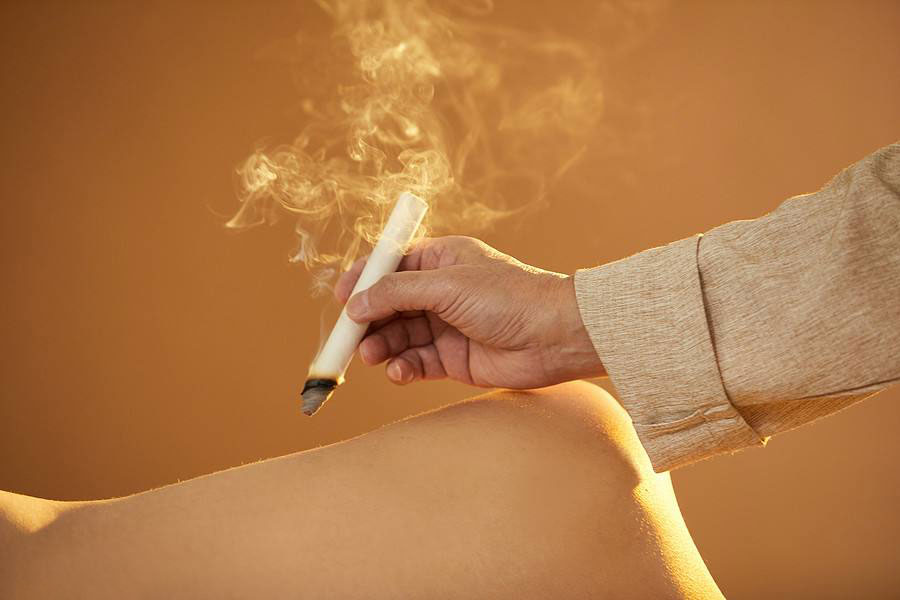

The most common type of moxibustion therapy used in the clinic is moxa stick moxibustion, also called suspended moxibustion, which treats the body surface without touching the skin.
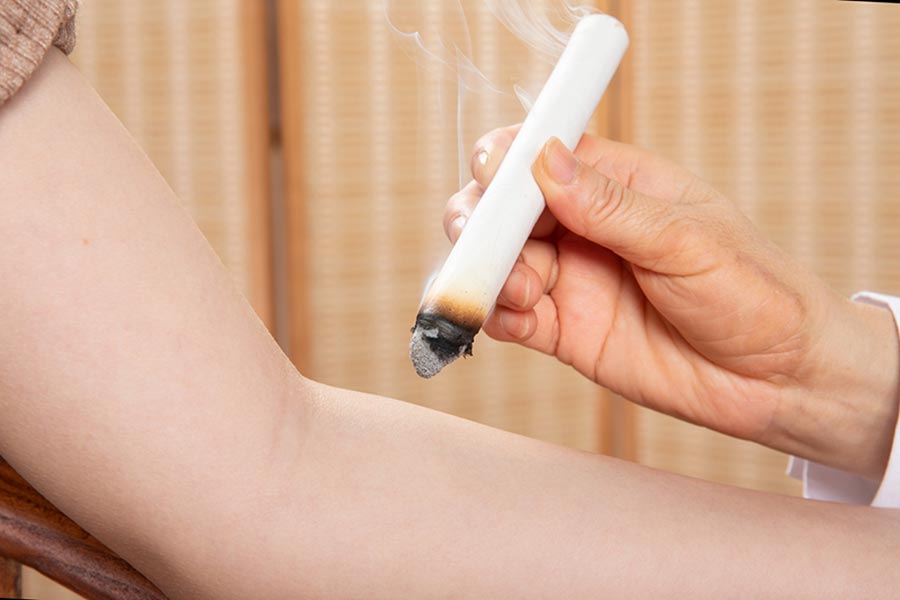
Moxibustion is able to diminish inflammation and ease the pain. After recovery, patients should avoid wind, cold, and overstrain.
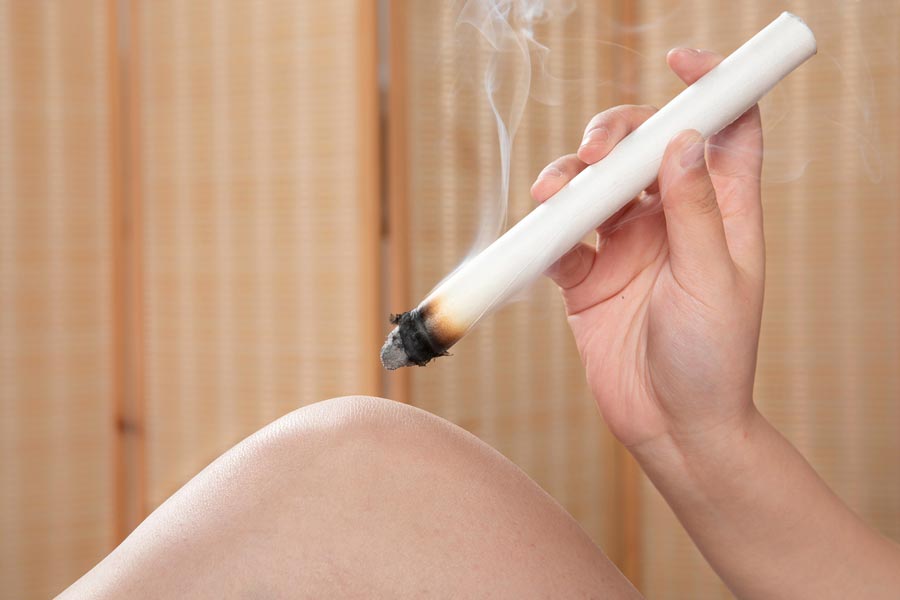
Moxibustion treats knee osteoarthritis through its ability to dredge the channels, move qi, reduce inflammation, ease pain and improve circulation.
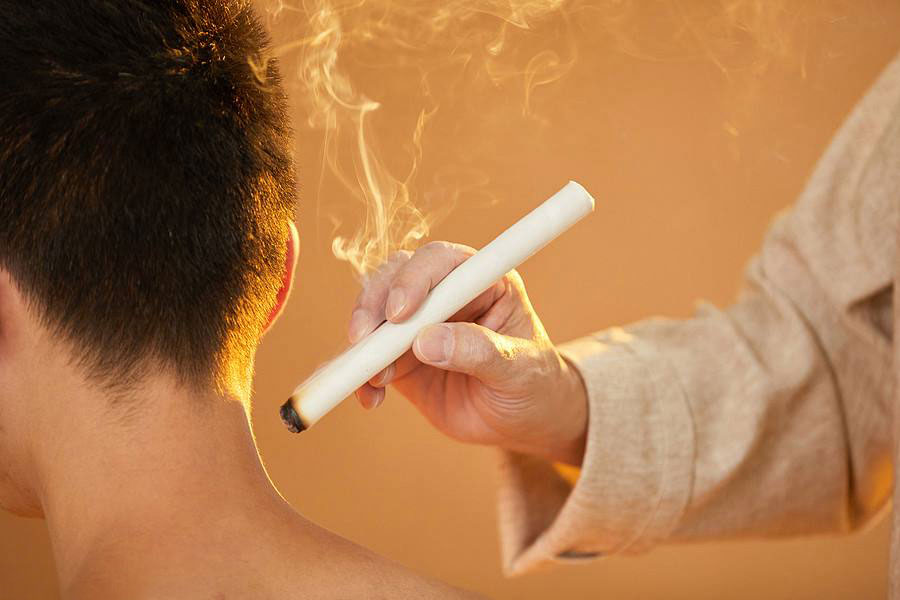
Moxibustion can effectively treat myofascial pain, and early diagnosis and intervention improve the effect. If there are indurations in the muscle, the course of treatment will be longer.
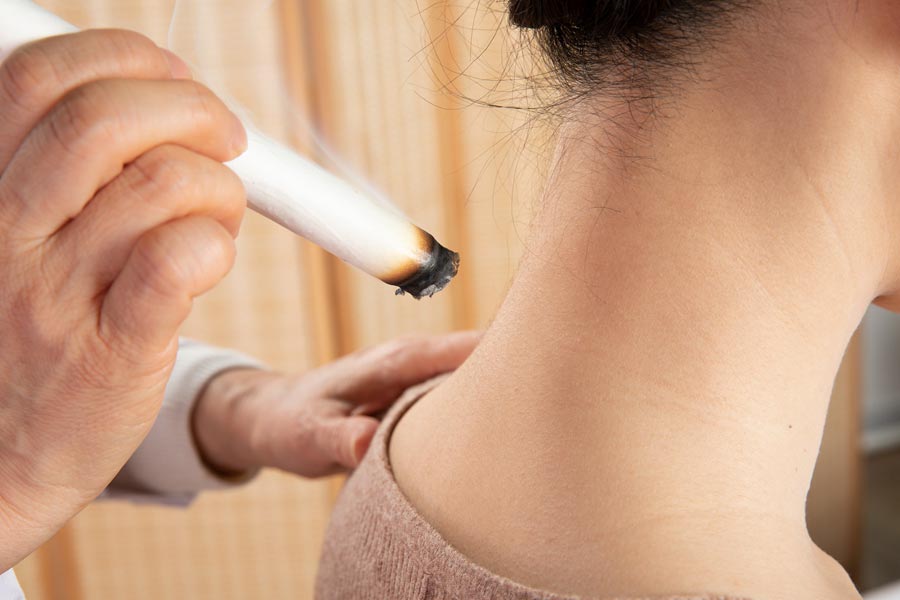
Moxibustion can treat frozen shoulder through its ability to dredge the channels and unblock the collaterals, which reduce inflammation and ease the pain.
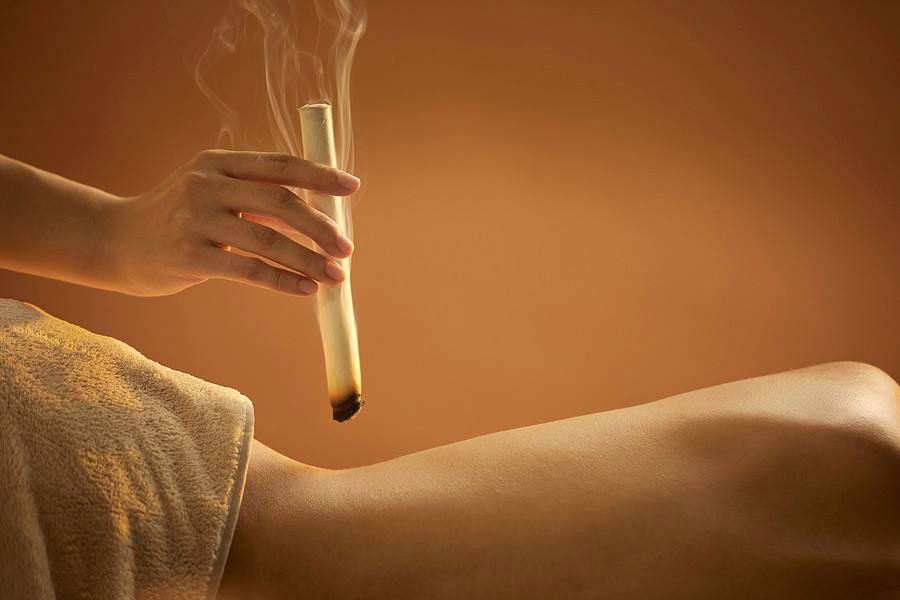
Moxibustion can treat both the acute and recovery stages of lumbar disc herniation through its ability to dredge the channels, move qi, reduce inflammation, ease pain and improve circulation.
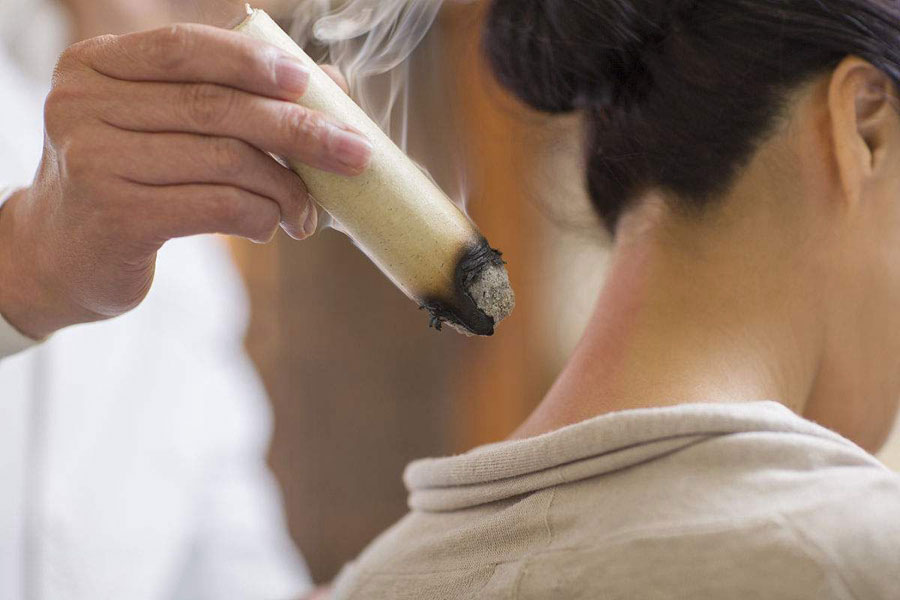
Moxibustion treats Cervical spondylosis by dispelling cold, removing dampness, and warming and unblocking the channels.
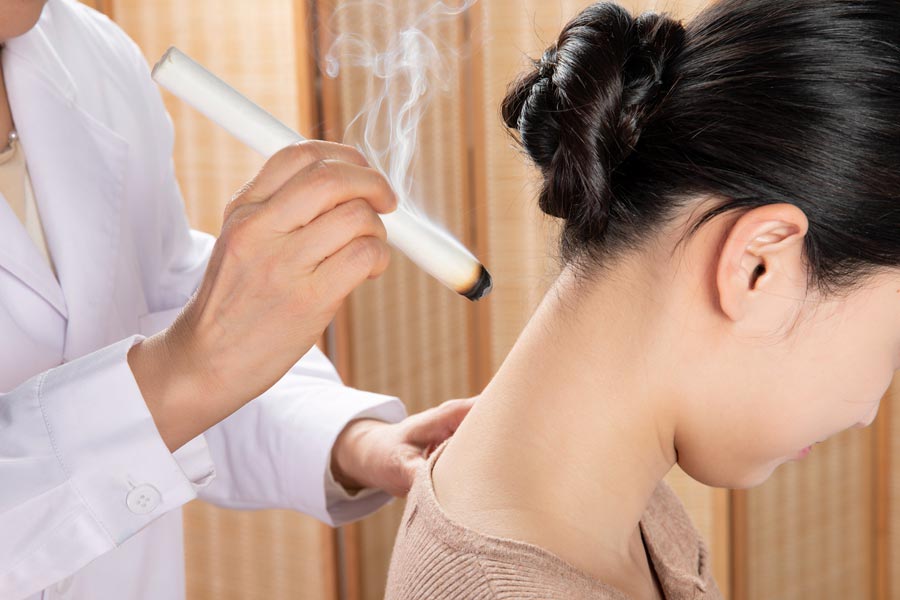
Moxibustion can warm yang, free the flow of qi, and enhance immunity, and is thus effective in the treatment of allergic rhinitis.
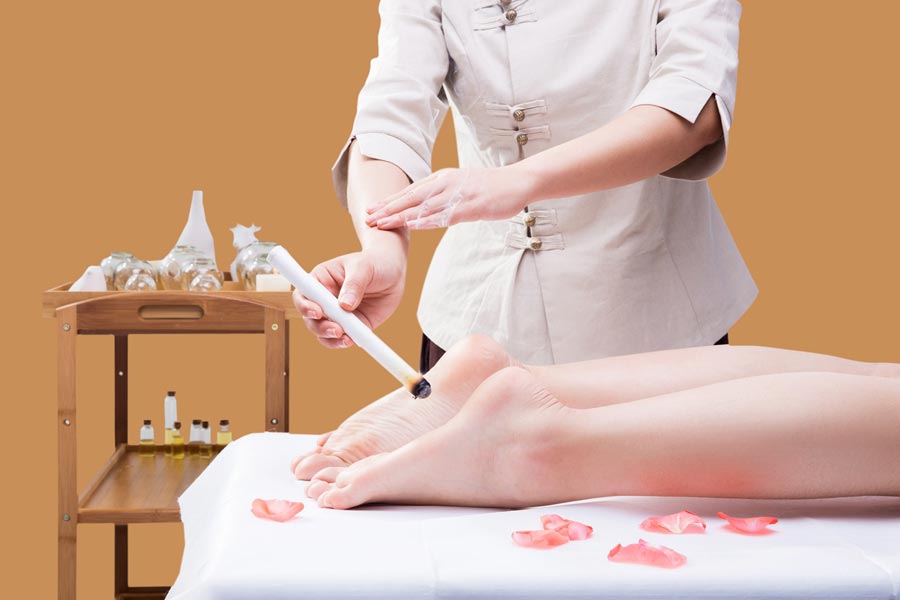
Moxibustion can help calm and stabilize the mind, and thus is often effective in treating insomnia. This method is without side effects, but its effect in hypnotic-dependent patients is not very good.
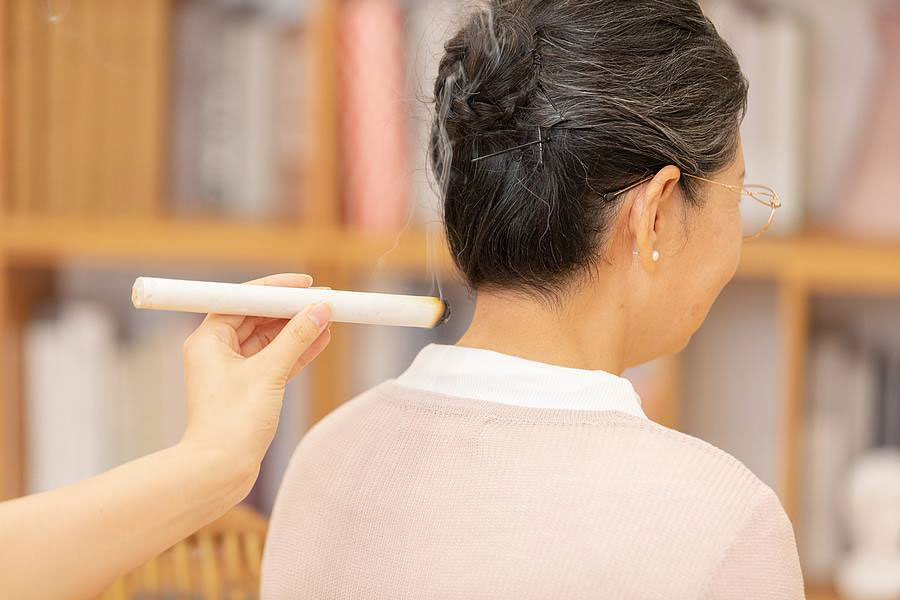
Moxibustion can effectively improve local blood circulation, and promote the elimination and absorption of swelling caused by inflammation of the facial nerve.